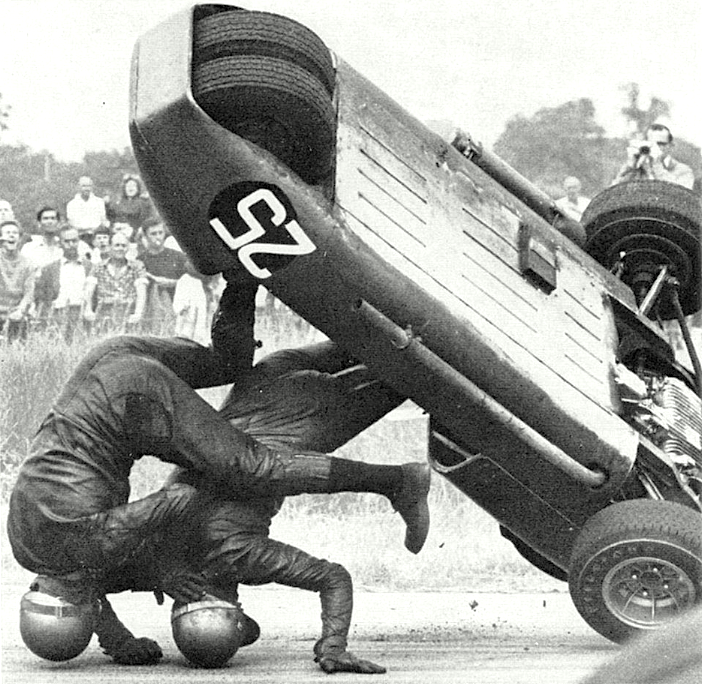I thought it was called a kitten? or Simaur?
The Rebel was the Kitten's predecessor. Their first attempt at a small fibreglass 4-wheeler.
https://en.wikipedia.org/wiki/Relia...Rebel estate was,and Rialto models until 1998.
Mine had the 750cc engine in it, but I was young, reckless and hungry for power, so I put an 850cc engine from a later three wheeler in there. In absolute terms though, it was still a very slow car! Mine was the estate, but it started life as a van. My dad added the seats and windows in the back. About a decade later, I put a Ford 1600 Crossflow in it. THAT made it interesting!
Reliant's other 4-wheeler of the period was the Scimitar. That was a VERY different animal. Princess Anne had several of them! They used the old 3 litre Essex Ford V6. They were WAY beyond my means back then. I did buy one, many years later, and it was a big disappointment.



